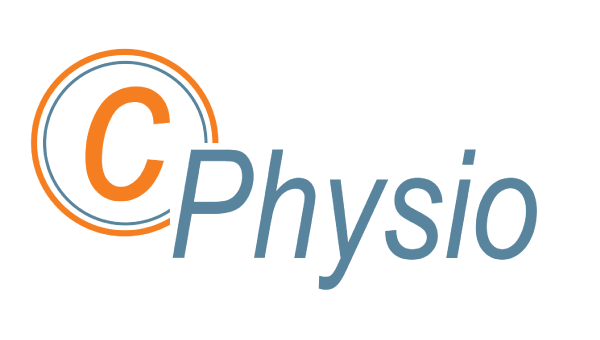If you’re looking to fix a sudden onset of back pain or a long-term solution to managing a chronic back problem, then you’ve just found an Award-Winning physiotherapy clinic that can help you.
At C-Physio one of our friendly, experienced Physiotherapists will assess, treat and help you understand your back pain to give long-lasting back pain relief. Using tried and tested back pain treatment techniques alongside state-of-the-art equipment for back pain relief and effective exercises for back pain, your physiotherapist will guide you back to health as quickly as possible.
Book OnlineTreating Your Back Pain With Confidence
Effective Musculosketal Physiotherapy is the answer for the majority of Back Pain.
At C-Physio we offer 5 unique Guarantees to combine superior treatment with great customer service and ongoing support. Leave satisfied and content that you have received the best possible care in the area.
Understanding your Back Pain
Low Back Pain can start for a number of reasons. Understanding those reasons is the first step to finding an effective plan of action to managing your back pain. And even with severe back pain, it doesn’t mean you will have back problems forever.
The spine is a strong, stable structure, and although at times it may feel weak or painful, an effective exercise programme and timely treatment can improve your back recovery and avoid future problems.
Most importantly, we’ll provide you with all the tools you need to get your back better. Not just a quick fix, but better for the long term.
Download 6 Key Things You Need To Know About Low Back Pain
Quality Assessment
At C-Physio your physiotherapist will undertake a full assessment to help identify the cause of your low back pain, the reasons why it has started and a diagnosis to indicate what structures are affected. They will also be able to identify other problems, such as compensation strategies, muscle imbalances and associated muscle tightness in a Problem List that is specific to your back pain.
Your Problem List may commonly include one or more of the following:

- Pain
- Restricted Range Of Movement
- Muscle Weakness
- Trigger Points
- Joint Stiffness
- Muscle Stiffness
- Nerve Mobility
- Swelling
- Inflammation
- Impaired Healing Process
- Muscle Deconditioning
- Reduced Stability
 Effective, Affordable Treatment
Effective, Affordable Treatment
Once your Problem List is established, your physiotherapist will be able to set up a Treatment Plan to address the problems identified. Common Treatments for Back Pain that we can offer at C-Physio include:
- Exercise Therapy
- Clinical Pilates
- Soft Tissue Therapy
- Joint Mobilisations
- Ultrasound Therapy
- Electrotherapy
- Acupuncture
- Laser Therapy
Your response to treatment is the most important factor in determining the outcome of your treatment. Not all treatments will help all types of pain. But your physiotherapist will monitor your progress and adjust your treatment as required.
You can be sure your physiotherapist will take all the changes in your condition into account to provide you with the best advice, treatment and progression possible.
Call Now To Start Your Recovery
So if you’re interested in finding a Physiotherapist who can help you reduce pain and manage your back problems for good, give us a call on 01274 270450 to book a Physiotherapy Assessment.
Book Online




 Pilates
Pilates Mid Back (Thoracic Spine)
Mid Back (Thoracic Spine)